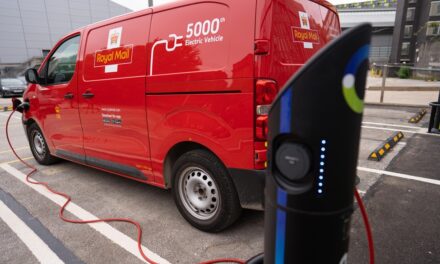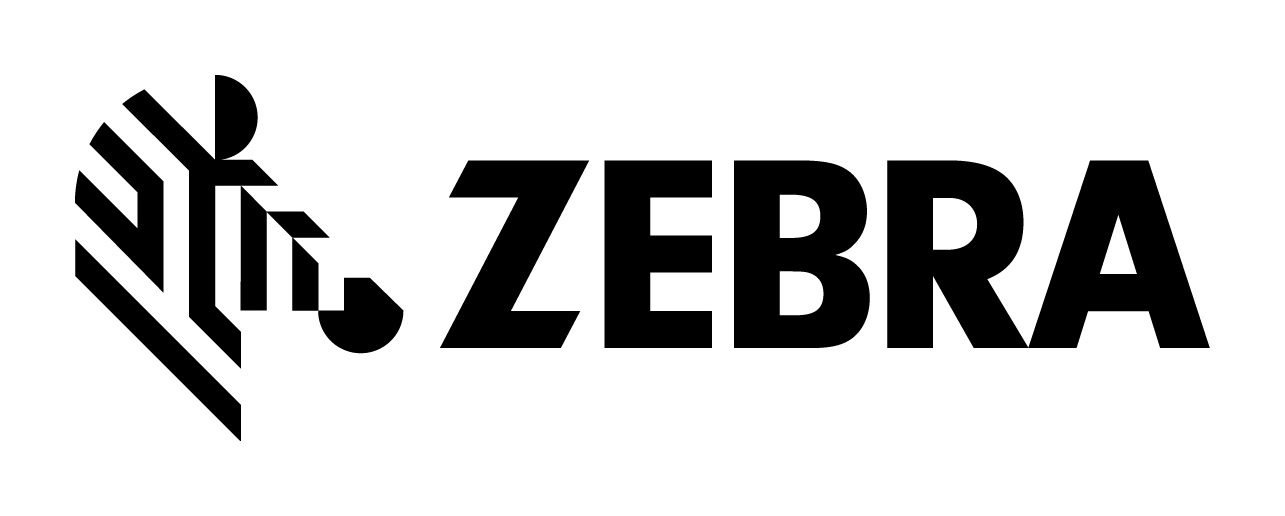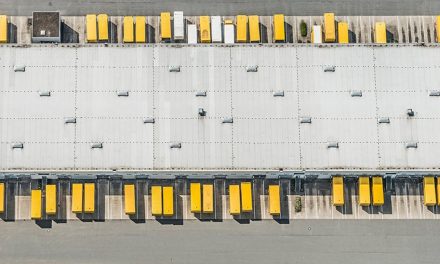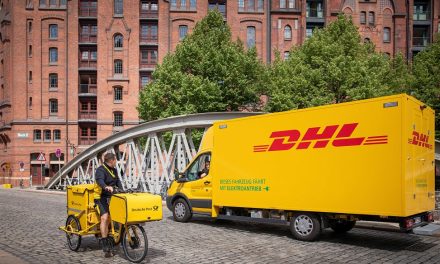
Deutsche Post: the transport of letters by plane within Germany can no longer be justified in times of climate change
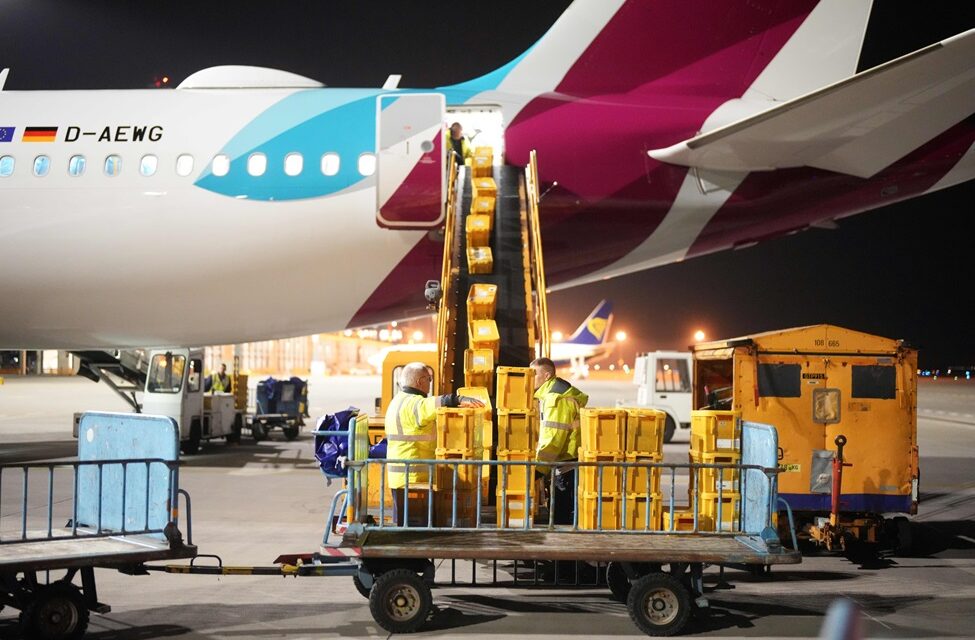
After 63 years, Deutsche Post is discontinuing its night airmail network in Germany.
On the night of 28 March, Eurowings and Tui Fly aircraft took off for the last time on the Stuttgart-Berlin, Hanover-Munich and Hanover-Stuttgart routes in both directions to transport letters between northern, eastern and southern Germany.
In the future, letters on these routes will be transported exclusively by road for reasons of sustainability. As a result, Deutsche Post saves more than 80 percent of the amount of CO2 generated during transport on these connections.
Marc Hitschfeld, Chief Operations Officer of DHL Group’s Mail and Parcel Division, says: “We are ending the era of overnight mail flights with one laughing and one crying eye. On the one hand, the transport of letters by plane within Germany can no longer be justified in times of climate change, also because letters are no longer as urgent as they were decades ago. In this respect, the end of German airmail is good news for the environment. On the other hand, the night airmail network also marks the end of a piece of postal history with which many postal employees have identified over the decades.”
On 22 August 1961, the then Federal Minister for Posts and Telecommunications, Richard Stücklen (CSU), and the Board of Management of Deutsche Lufthansa AG concluded a contract for the carriage of letters and postcards by air within the Federal Republic of Germany without an airmail surcharge. This was the starting signal for the night airmail network, which was officially put into operation on 1 September 1961 and was intended to transport letters within Germany more quickly. At that time, letters – apart from telegrams – were the only medium of communication for the rapid transmission of written messages. This role has long since been taken over by digital media such as e-mail, WhatsApp & Co.
The first flight partner in the night airmail network was Lufthansa, which at that time served all routes – with the exception of the air corridor to Berlin reserved for the Allies, which was flown by the American airline PanAm until 1990. Over the years, other airlines have been added as carriers. In 2008, Lufthansa withdrew from the night airmail network. For decades, the central hub was the airport in Frankfurt am Main, from which the various destinations were served in a star shape. In 2005, Frankfurt lost its role as a “night airmail star” due to the ban on night flights.
Whereas in 1996 Deutsche Post was still transporting around 430 tonnes of letters per night with 26 aircraft of its partner airlines to 45 destinations, this figure had recently fallen to only 53 tonnes of mail with six aircraft on the Stuttgart-Berlin, Hanover-Munich and Hanover-Stuttgart routes (each round trip). This corresponds to around 1.5 million letters flown per night, or an average of around 270,000 items per aircraft.
Today, there is a broad consensus in politics and society that the fast delivery of the majority of letters on the next working day is no longer one of the core elements of a basic postal service. Rather, the focus is on the socio-ecological orientation of the postal sector. Consequently, the “Postal Law Modernisation Act”, which is currently being discussed in parliament and is due to come into force soon, also provides for longer letter delivery times – as has been the practice in most EU countries for a long time. At the same time, Deutsche Post intends to continue to ensure fast mail transport between north and south, e.g. by deploying Sprinters. This is made possible by the lower volume of letters and the associated shorter sorting times.


